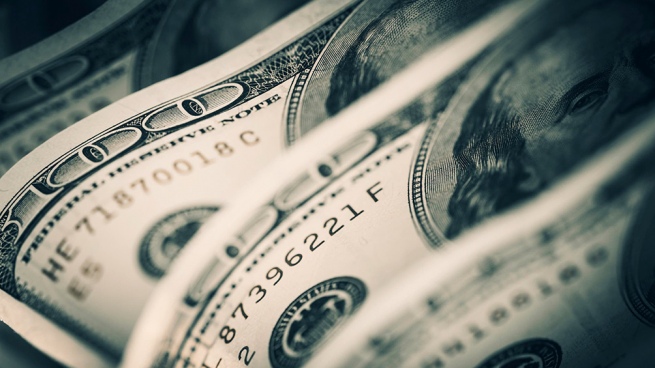The President of the United States, Joe Biden, commissioned various federal bodies and agencies, including the Department of the Treasury and Commerce, as well as the Federal Reserve (FED), to evaluate the risks and benefits, as well as the actions necessary for the launch of a digital dollar.
“My Administration attaches the utmost urgency to research and development efforts into possible design and implementation options for a United States CBDC (centralized digital currency),” the US president said in an executive order published on Wednesday.
In this regard, he pointed out that these efforts should include assessments of potential benefits and risks to consumers, investors and companies; financial stability and systemic risk; payment systems; National security; the ability to exercise human rights; financial inclusion and equity; and the actions required to launch a US CBDC if doing so is deemed to be in the national interest.
For Biden, a digital dollar may have the potential to support efficient and low-cost transactionsparticularly for cross-border transfers and payments of funds, as well as to encourage a greater access to the financial systemwith fewer risks than those posed by digital assets managed by the private sector.
In addition, Biden argued that a digital dollar that is interoperable with CBDCs issued by other monetary authorities could facilitate faster and lower-cost cross-border paymentsand potentially boost economic growth, “support the centrality of the United States within the international financial system and help protect the role of the dollar in global finance”, according to Europa Press.
However, for the White House there are also potential risks and drawbacks to consider in the project, which is why the president insisted on the need to prioritize timely evaluations of potential benefits and risks under various designs to ensure that the United States remains a leader in the international financial system.
Within 180 days, the Secretary of the Treasury, in consultation with the Secretary of State, Attorney General, Secretary of Commerce, Secretary of Homeland Security, Director of the Office of Management and Budget, Director of National Intelligence and the heads of other relevant agencies, will present to the President a report on the future of money and payment systems, including the conditions driving the widespread adoption of digital assets.
In addition, Biden encouraged Federal Reserve Chairman Jerome Powell to continue researching and reporting on the extent to which CBDCs could improve the efficiency and reduce costs of existing and future payment systems, to assess the optimal way to United States CBDC, and to develop a strategic plan for the Federal Reserve and the United States Government.
He also highlighted that The United States must ensure that safeguards are implemented and promote the responsible development of digital assets to protect consumers, investors and businesses; maintain privacy; and guard against arbitrary or illegal surveillance, which can contribute to human rights abuses.
What are CBDCs?
This Wednesday it was reported that President Biden will announce a project to create a “digital dollar” (known as CBDC, Central Bank Digital Currency).
These types of assets, currently studied or launched by more than 100 central banks in the world, including the European Central Bank (ECB) (which began a 24-month study in 2021 to analyze a digital euro) and China, differ from the regular currencies due to the possibility of not having a physical correlate, that is, a coin or a bill, and due to the fact that each citizen can count on foreign currency without the intermediation of other commercial financial entities.
Also, like cryptocurrencies, transactions are immediate, with no waiting times.
However, like traditional currencies, Being issued by a Central Bank, they have the same guarantees as paper money. (as opposed to, for example, cryptocurrencies that are free-floating), and are designed for daily transactions.








